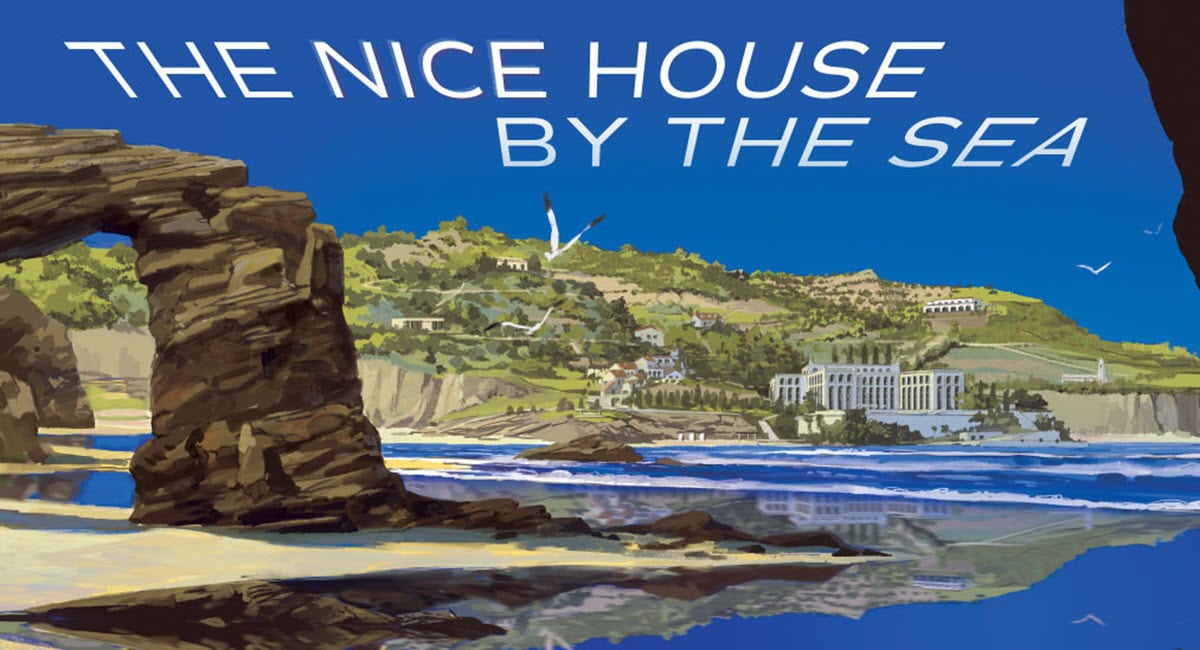Eddie Campbell is back blogging and first he takes on superhero movie tropes:
Watching the Iron Man movie on the plane coming home, I was charmed into recalling how I marvelled at the character when i was wee, in the marvellous scene where he’s flying between the two jet planes. But then it descends into that boneheaded formula in which the hero must do battle with the evil version of himself. The shiny red and gold Iron Man fights the grey Iron Man, The Banner Hulk fights the Tim Roth Hulk, Spiderman fights the living Spiderman costume with another bloke inside it. Anything that was special and unique about the character is somewhat diluted when he’s got a duplicate walking about. Even as a kid I recognized this late variation on the supervillain as a sign that invention was seriously flagging. Seems odd to me that it is now de rigeur in all of these movies. But then, I find myself even more at odds with the world of movies these days.
And then, the fate of the artist once more:
It’s all well and sweet for the librarians to rejoice at getting the kids back reading actual books, but if you read my recent exercise in High Sarcasm, the Publisher’s Weekly interview of June 17, which my pal White thought my funniest moment in print, you will have noticed I accidentally dropped my guard at the end and confessed I’ve been having great difficulty selling my latest book (a problem lately solved so do not weep for me). This work is described as “The Playwright, a book about about the sex life of a celibate middle-aged man.” In the same period I’ve been pitching that around the place, two of the publishers who turned it down then said they’d still love to work with me and offered me the jobs of illustrating to the scripts of named ‘young readers’ authors.






“But then it descends into that boneheaded formula in which the hero must do battle with the evil version of himself.”
If Eddie Campbell is ever in Philadelphia, I want to buy him a drink … a dinner, perhaps, for so artfully my same gripe with super-hero movies. Ever since Sam Hamm’s BATMAN — where the Joker announces “You made me!” — ever super-hero film since then has gone the “evil opposite” route. Ho-hum. Even the first Spider-Man movie — the Goblin and the hero must have at least one sit-down, wherein the Goblin tries to convince the hero that they should join forces. At least there was no sit-down with DOC OCK (until the end), and no offers of partnership or comparisons of doppleganger-ism — but then the second Spider-Man film was handled by a better writer.
IRON MAN … well, it was such a great movie, it gets a pass on everything.
He’s a bit off the mark in saying that the evil twin/opposite is “a late addition” to the supervillain trope, since anyone with any sense of history should recognize that this is literally one of the oldest ones in the book.
Also, I dislike tying the villain’s origin into the hero as well, but that’s kind of the price of doing a movie, because you’ve got two hours, and in the superhero genre, you’ve usually got a world which is meant to be similar to our own UNTIL the hero arrives, so you always run the risk of straining the suspension of disbelief a bit if you try and cram two separate and totally unconnected origins into a single story.
Unless, of course, you go the route that more superhero films should, which is to simply exclude the origin stories altogether. At this point, everybody knows who characters like Superman, Batman, Spider-Man and the Hulk are, and likewise, anyone who’s seen either the Super Friends or the Justice League cartoons gets what the JLA is, so you don’t need to devote an obligatory portion of a big-budget JLA film to exploring how Aquaman learned how to talk to fish. Die Hard did not start with Bruce Willis’ John Mclane in training at the police academy, and yet, people were able to follow his battles with Alan Rickman as Hans Gruber just fine.